Android 10 packed plenty of other quietly important improvements, including an updated permissions system with more granular control over location data along with a new system-wide dark theme, a new distraction-limiting Focus Mode, and a new on-demand live captioning system for any actively playing media.
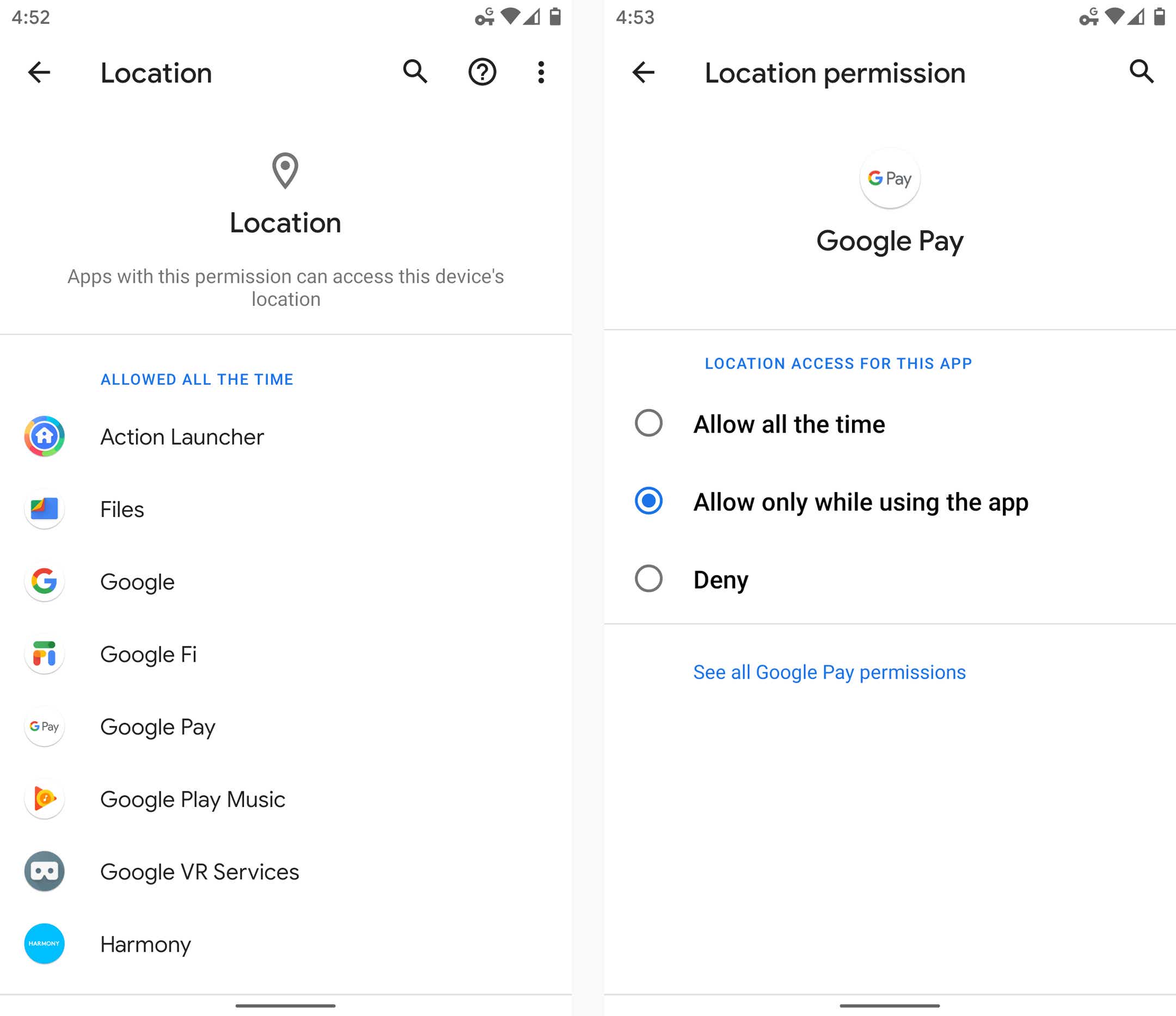
Android 10’s new privacy permissions model adds some much-needed nuance into the realm of location data.
JR Raphael / IDG
Android version 11
Android 11, launched at the start of September 2020, was a pretty substantial Android update both under the hood and on the surface. The version’s most significant changes revolve around privacy: The update built upon the expanded permissions system introduced in Android 10 and added in the option to grant apps location, camera, and microphone permissions only on a limited, single-use basis.
Android 11 also made it more difficult for apps to request the ability to detect your location in the background, and it introduced a feature that automatically revokes permissions from any apps you haven’t opened lately. On the interface level, Android 11 included a refined approach to conversation-related notifications along with a new streamlined media player, a new Notification History section, a native screen-recording feature, and a system-level menu of connected-device controls.
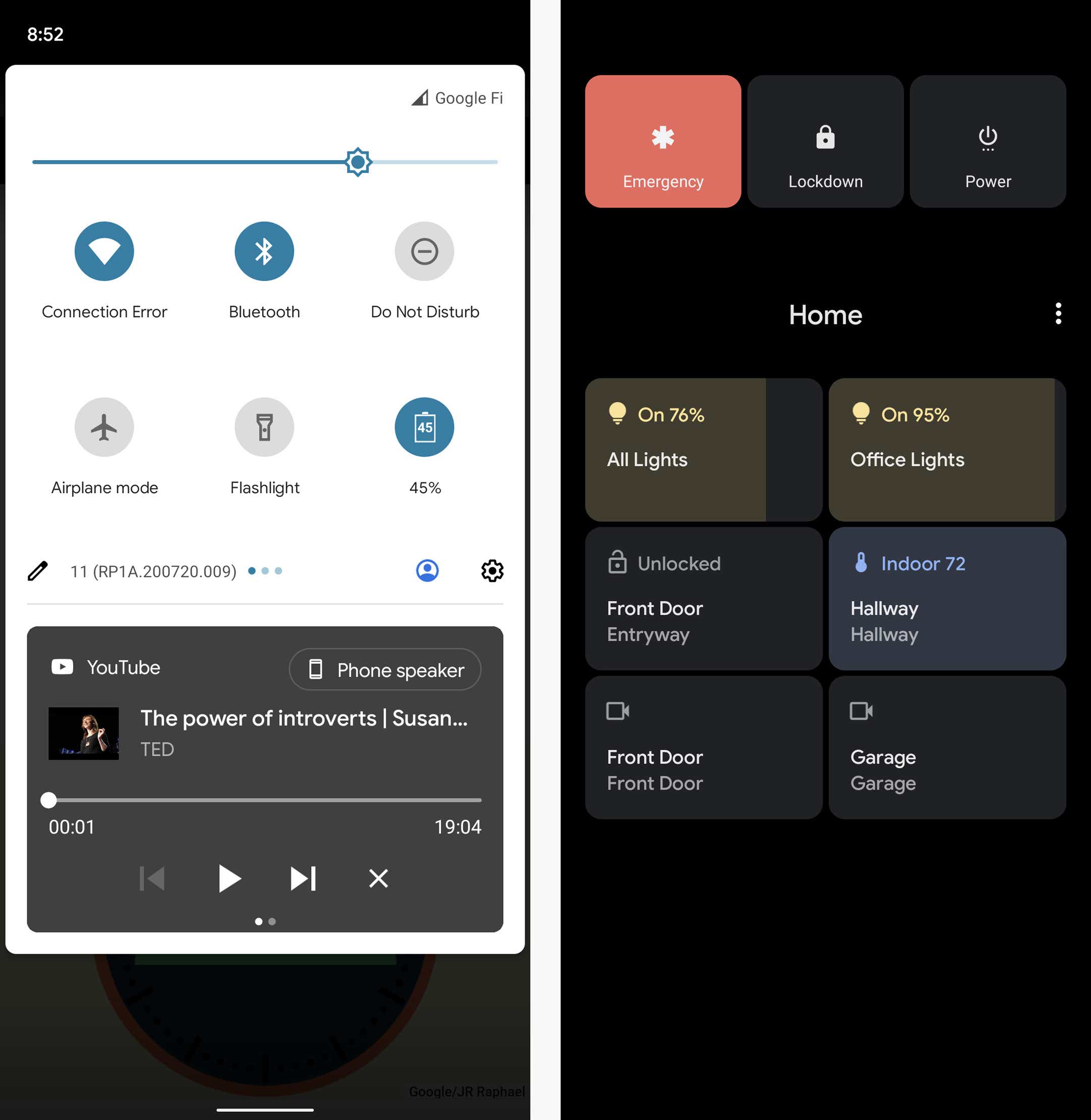
Android 11’s new media player appears as part of the system Quick Settings panel, while the new connected-device control screen comes up whenever you press and hold your phone’s physical power button.
JR Raphael / IDG
Android version 12
Google officially launched the final version of Android 12 in October 2021, alongside the launch of its Pixel 6 and Pixel 6 Pro phones.
In a twist from the previous several Android versions, the most significant progressions with Android 12 were mostly on the surface. Android 12 featured the biggest reimagining of Android’s interface since 2014’s Android 5.0 (Lollipop) version, with an updated design standard known as Material You — which revolves around the idea of you customizing the appearance of your device with dynamically generated themes based on your current wallpaper colors. Those themes automatically change anytime your wallpaper changes, and they extend throughout the entire operating system interface and even into the interfaces of apps that support the standard.
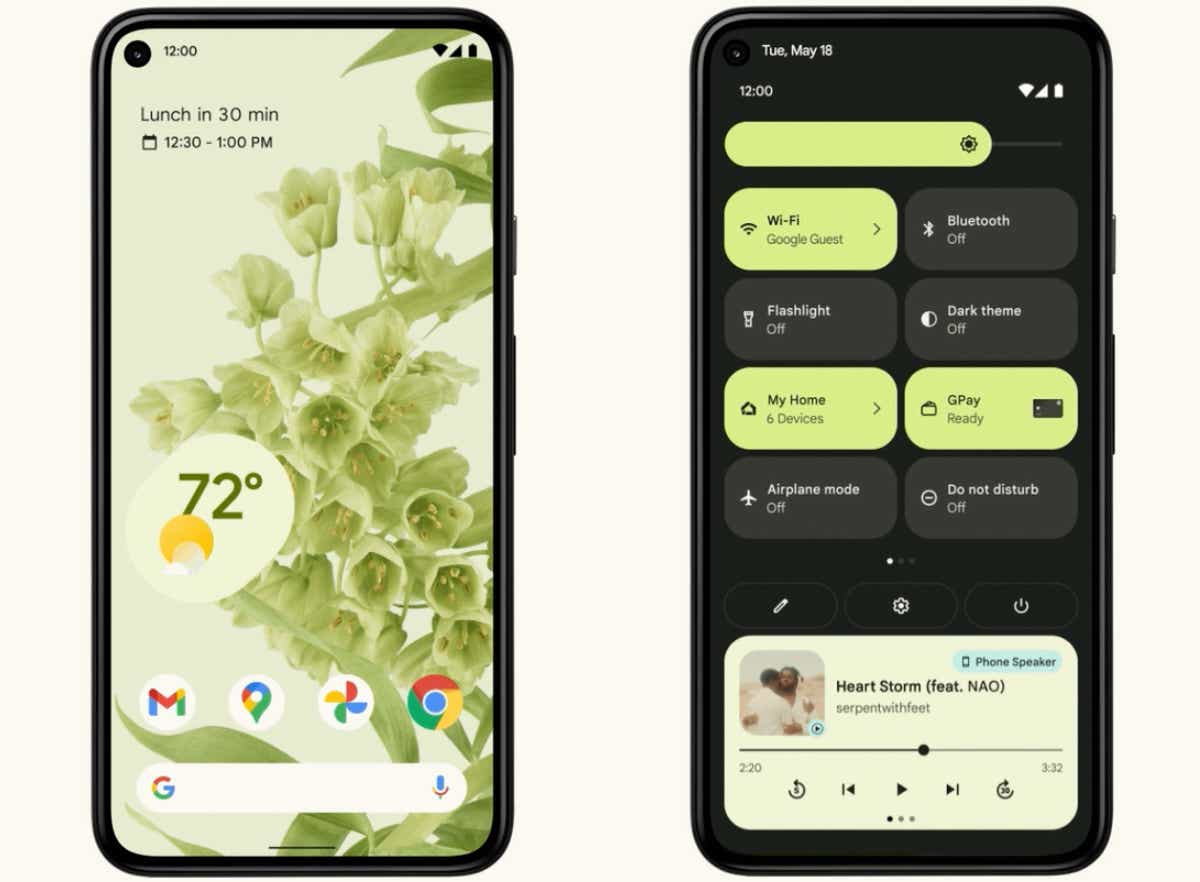
Android 12 ushered in a whole new look and feel for the operating system, with an emphasis on simple color customization.
Surface-level elements aside, Android 12 brought a (long overdue) renewed focus to Android’s widget system along with a host of important foundational enhancements in the areas of performance, security, and privacy. The update provided more powerful and accessible controls over how different apps are using your data and how much information you allow apps to access, for instance, and it included a new isolated section of the operating system that allows AI features to operate entirely on a device, without any potential for network access or data exposure.
Android version 13
Android 13, launched in August 2022, is one of Google’s strangest Android versions yet. The software is simultaneously one of the most ambitious updates in Android history and one of the most subtle version changes to date. It’s an unusual duality, and it ultimately all comes down to what type of device you’re using to experience the software.
On the former front, Android 13 introduces a whole new interface design for both tablets and foldable phones, with a renewed focus on creating an exceptional large-screen experience in the operating system itself and within apps (as first observed and reported by Computerworld in January). The enhancements in that area include a fresh framework and series of guidelines for app optimizations along with a more capable split-screen mode for multitasking and a ChromeOS-like desktop-style taskbar that makes it easy to access frequently used apps from anywhere — enhancements we now know were aimed initially at Google’s Pixel Fold and Pixel Tablet devices, though their impact and effects have certainly stretched beyond those two products.
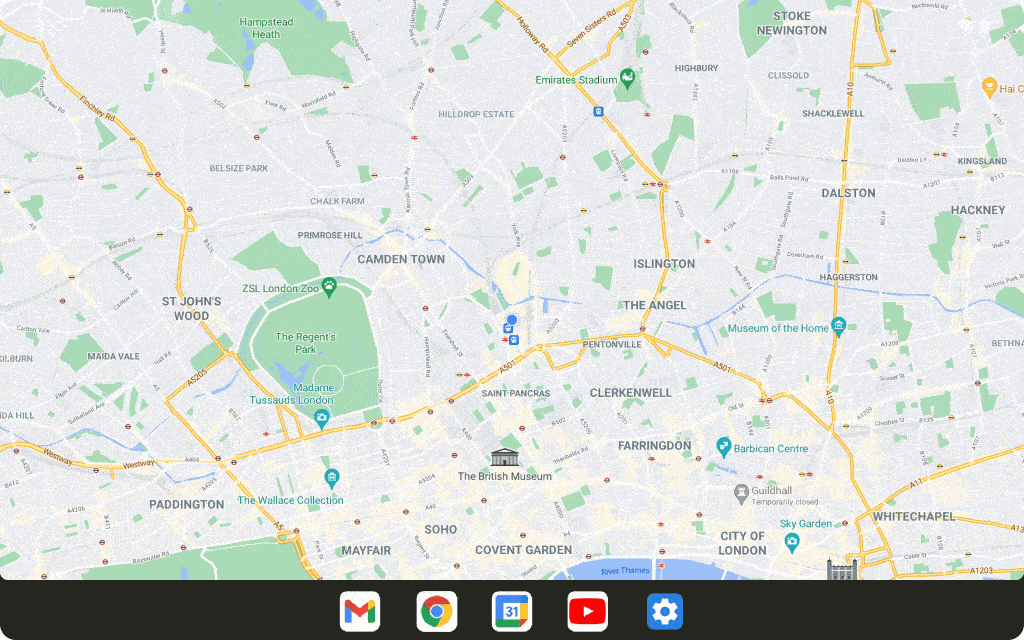
On the latter front, Android 13 also laid the groundwork for the Pixel Tablet to function as a stationary Smart Display and then allow you to detach its screen and use it as a tablet. The software introduced support for a whole new series of shared-surface widgets and screensavers along with an expanded multiuser profile system for that purpose.
On regular phones, Android 13 is much less significant — and in fact, most people probably won’t even notice its arrival. Along with some minor visual refinements, the software introduces an expanded clipboard system that allows you to see and edit text as it’s copied, a native QR code scanning function within the Android Quick Settings area, and a smattering of under-the-hood improvements connected to privacy, security, and performance.
Android version 14
Following a full eight months of out-in-the-open refinement, Google’s 14th Android version landed at the start of October 2023 in the midst of the company’s Pixel 8 and Pixel 8 Pro launch event.
Like the version before it, Android 14 doesn’t look like much on the surface. That’s in part because of the trend of Google moving more and more toward a development cycle that revolves around smaller ongoing updates to individual system-level elements year-round — something that’s actually a significant advantage for Android users, even if it does have an awkward effect on people’s perception of progress.
But despite the subtle nature of its first impression, Android 14 includes a fair amount of noteworthy new stuff. The software introduces a new system for dragging and dropping text between apps, for instance, as well as a new series of native customization options for the Android lock screen.
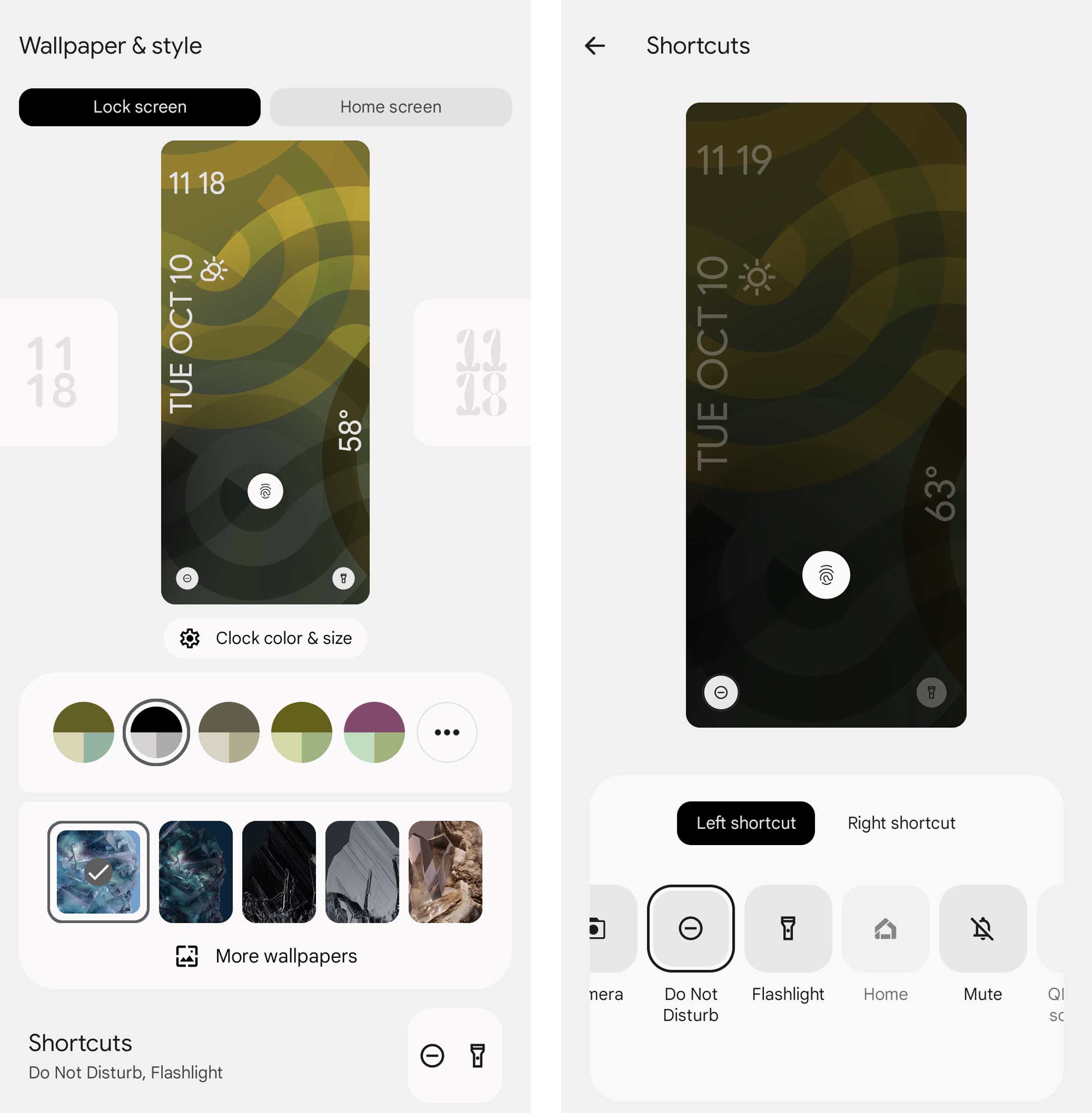
Android 14 includes options for completely changing the appearance of the lock screen as well as for customizing which shortcuts show up on it.
JR Raphael / IDG
Android 14 provides a number of new improvements to privacy and security, too, including a new settings-integrated dashboard for managing all your health and fitness data and controlling which apps and devices can access it. And it adds in a more info-rich and context-requiring system for seeing exactly why apps want access to your location when they request such a permission.
The software also sports a series of significant accessibility additions, such as an enhanced on-demand magnifier, an easier way to increase font size in any app, improved support for hearing aid connections, and a built-in option to have your phone flash its camera light anytime a new notification arrives.
Beyond that, Android 14 features a first taste of Google’s AI-generated custom wallpaper creator, though that’s available only on the Pixel 8 and Pixel 8 Pro to start.
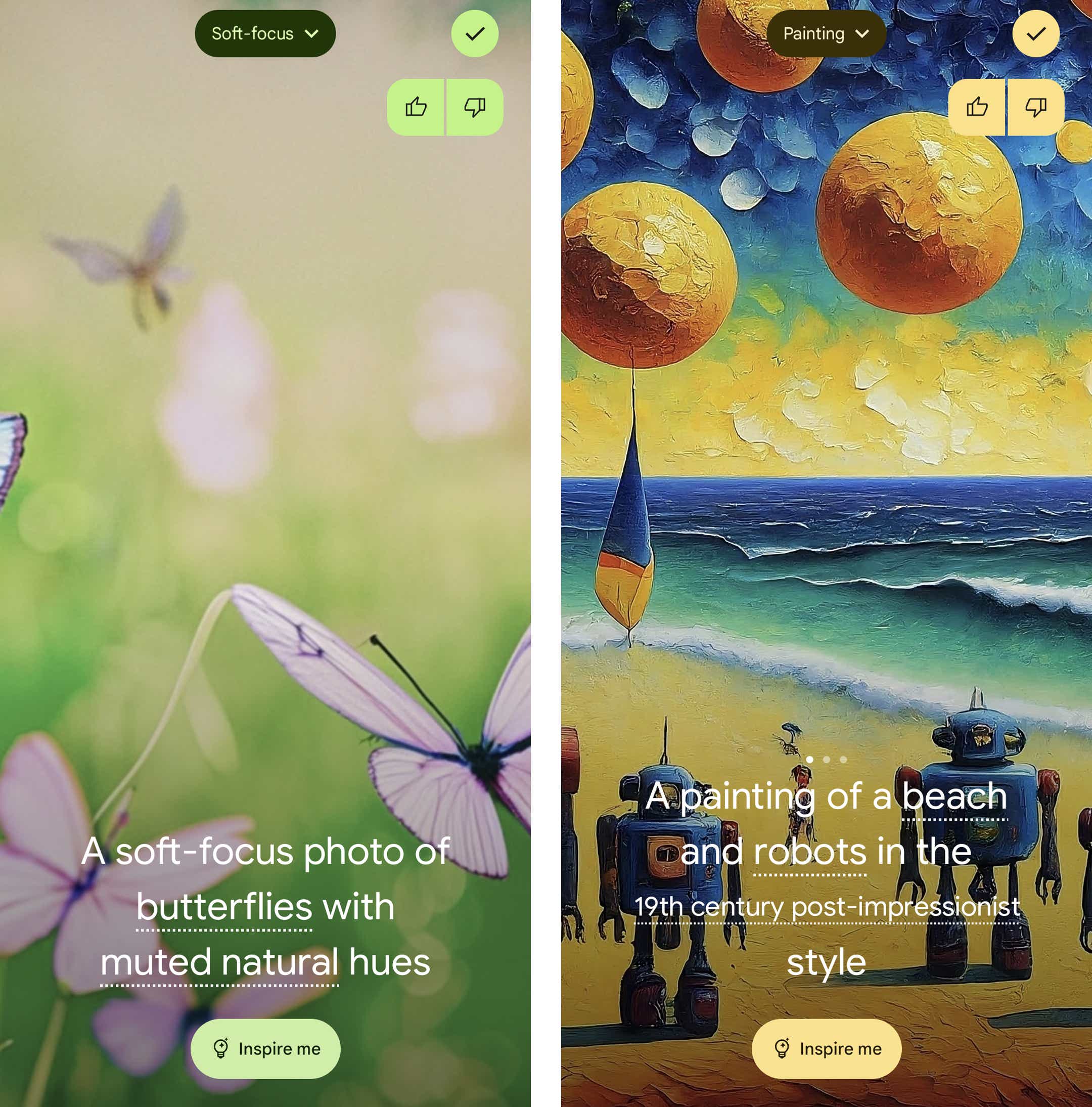
You can generate all sorts of interesting wallpapers in seconds via Android 14’s AI generator feature — but only on the Pixel 8 or Pixel 8 Pro for now.
JR Raphael / IDG
Android 14 rolled out to Google’s actively supported Pixel devices in early October, on the day of its release, and has been making its way slowly but surely to other Android phones and tablets in the weeks since.
Android version 15 (beta)
Google got its first developer preview of 2024’s Android 15 update out into the universe in late February and moved on to a public beta build of the software in early April.
As typically happens with new Android versions, the beta software is starting out somewhat bare bones — with most of the higher-profile, headline-worthy features still out of sight and under wraps. At this point, the official elements Google’s discussing and making visible revolve primarily around under-the-hood improvements and developer-aimed adjustments.
That being said, we have a pretty good idea of what front-facing features we might see as the development moves forward. Bits of behind-the-scenes code suggest Android 15 could include a new system for stopping overly aggressive notifications, along with a simpler way to tap into Android’s split-screen system, an “Adaptive Touch” feature that’d automatically adjust your screen to be as responsive as possible in different scenarios, and the long-awaited return of the now-12-year-old lock screen widgets concept — in certain contexts, at least.
It also looks increasingly likely that Android 15 will introduce a new “Private Space” option that’ll make it possible to create a separate, locked-down profile for securing especially sensitive apps and data (something some device-makers have added into their versions of the software for some time but that’s never before been a consistent, official part of the platform).
Google is expected to release four Android 15 beta versions in all, with a final release following sometime in the late summer to early fall months — as early as July, potentially, though that timing is always a floating target. (For context, remember: Android 14 didn’t arrive until early October. Android 13 before it showed up in mid-August. Anything’s possible.)
We’ll almost certainly hear much more about Android 15’s progress and at least some of the software’s significant features at the Google I/O company conference in May, so stay tuned: This story is only just getting started, and the biggest news is absolutely still ahead of us.
This article was originally published in November 2017 and most recently updated in April 2024.










